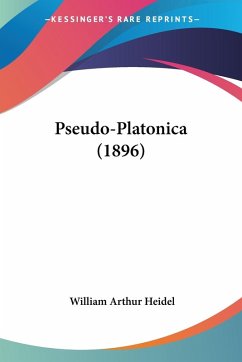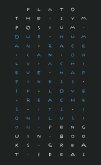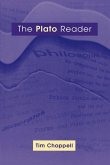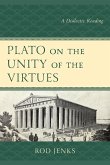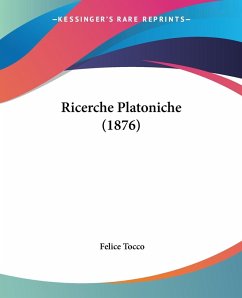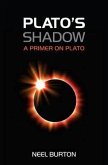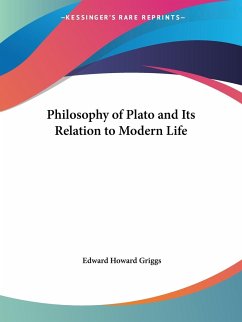In his Timaeus and Critias dialogues, Plato wrote of two ancient civilizations that flourished more than 9,000 years before his time. Socrates accepted the account as true, and modern archaeological techniques may yet prove him right. In Plato, Prehistorian, Mary Settegast takes us from the cave paintings of Lascaux to the shrines of Çatalhöyük, demonstrating correspondences both to Plato's tale and to the mystery religions of antiquity. She then traces the mid-seventh millennium impulse that revitalized the spiritual life of Çatalhöyük and spread agriculture from Iran to the Greek Peninsula--at precisely the time given by Aristotle for the legendary Persian prophet Zarathustra, for whom the cultivation of the earth was a religious imperative. This new edition of Mary Settegast's ground-breaking synthesis of classical and archaeological scholarship features an appendix by Alistair Coombs on the recent excavations at Göbekli Tepe in southeastern Turkey, which have upended the conventional view of the rise of civilization.
Hinweis: Dieser Artikel kann nur an eine deutsche Lieferadresse ausgeliefert werden.
Hinweis: Dieser Artikel kann nur an eine deutsche Lieferadresse ausgeliefert werden.


